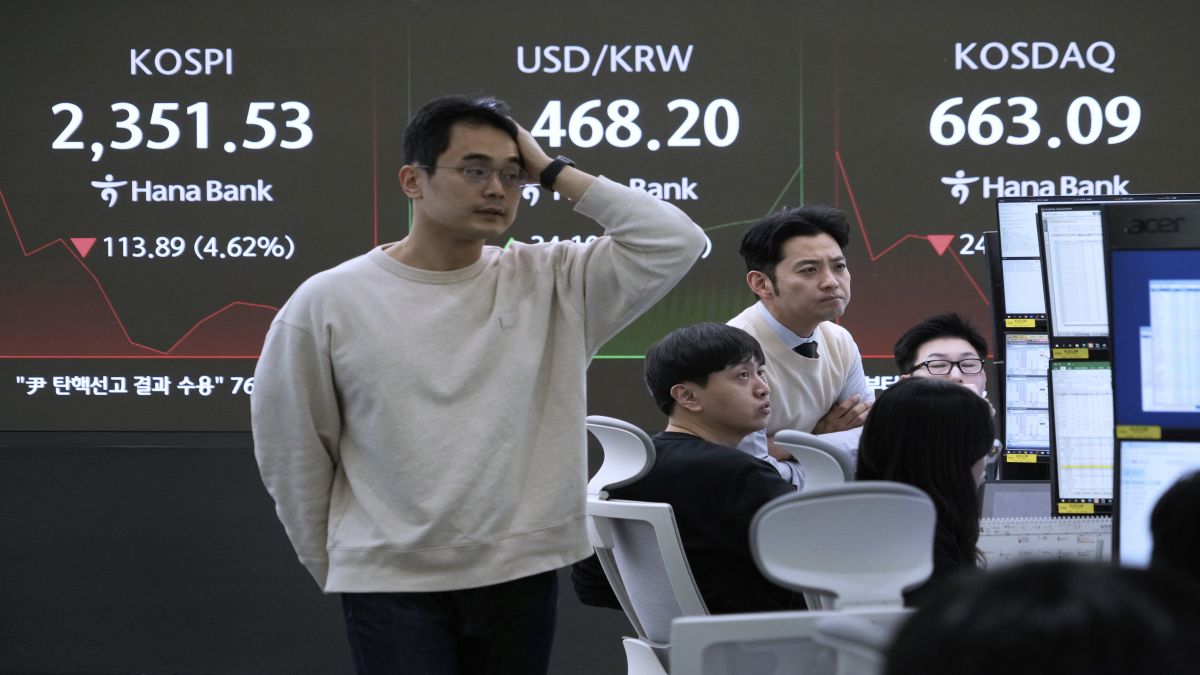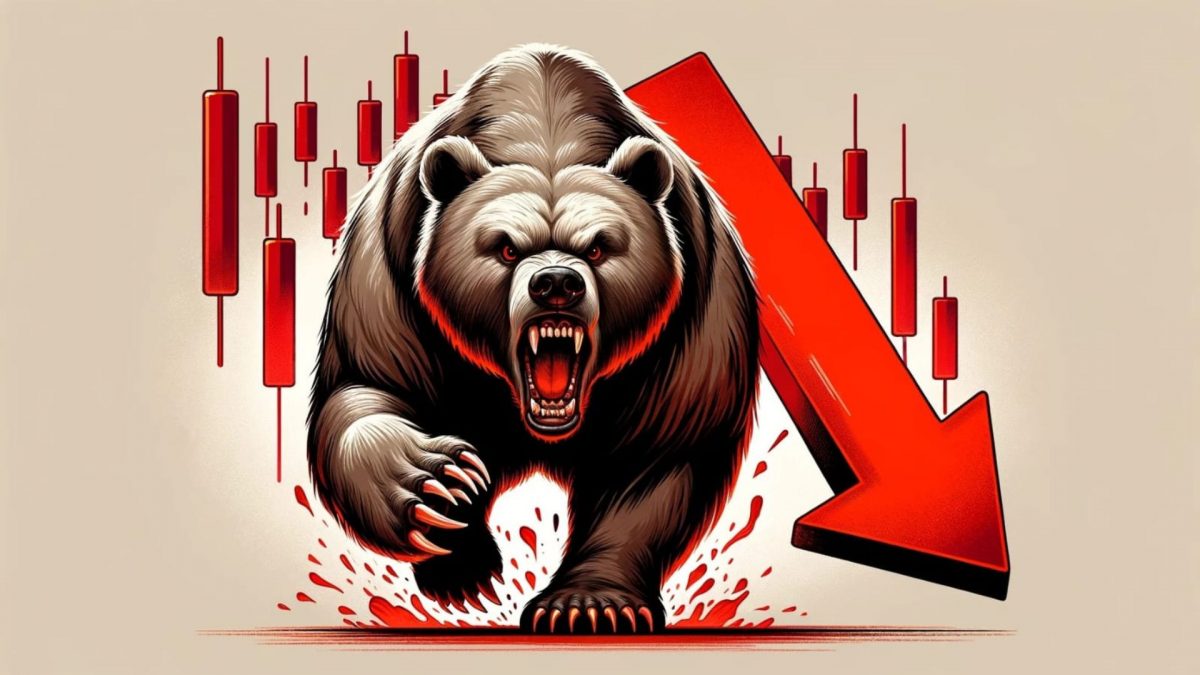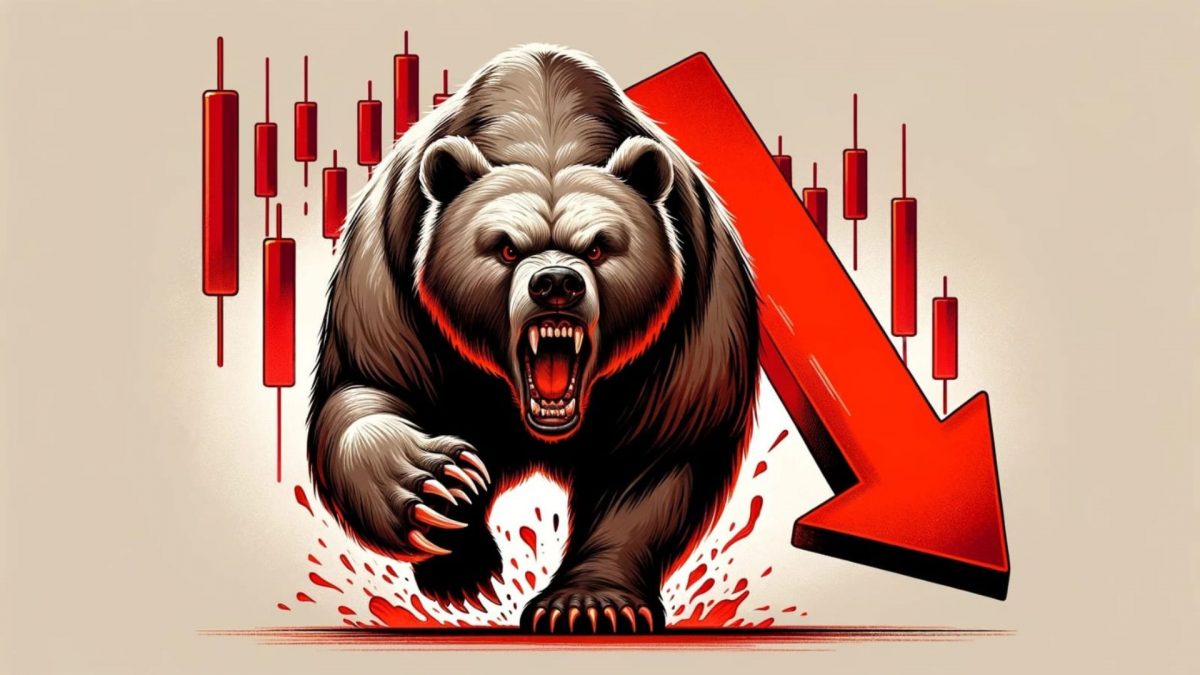Down, down, down…
Asian markets plunged on Monday morning as a result of US President Donald Trump’s ‘Liberation Day’ tariffs. And with the markets tumbling, it seems as if CNBC host Jim Cramer’s previous prediction of a ‘Black Monday’-like crash will come to life.
But amidst this crash, US President Donald Trump remained defiant; he denied that he was intentionally engineering a selloff and insisted he could not foresee market reactions, saying he would not make a deal with other countries unless trade deficits were solved.
“Sometimes you have to take medicine to fix something,” he said of the market pain that has seen trillions of dollars wiped off the value of US companies since the beginning of his tariff rampage.
So, what’s exactly going on? And what’s this ‘Black Monday’ that people are worried about?
Markets plunge after Trump’s tariffs
Markets across the world have reacted dramatically to Trump’s ‘Liberation Day’ tariffs, which he announced on April 2.
Japan’s benchmark Nikkei fell by more than eight per cent shortly after opening, Australia’s S&P/ASX 200 fell more than six per cent, and South Korea’s Kospi lost 4.4 per cent. In fact, in South Korea, trading was halted for five minutes when a circuit breaker designed to prevent panic selling was triggered.
In Japan, the share average, which tracks 225 of the country’s most valuable companies, fell below the 33,000 level for the first time since August 2024, according to Reuters. The broader Topix index last traded more than 7.5 per cent lower, recovering from its steepest losses.
Shares of the country’s three biggest banks — Mitsubishi UFJ Financial Group, Mizuho Financial Group and Sumitomo Mitsui Financial Group — plunged more than 12 per cent in Monday’s trading while shares of major Japanese carmakers also slumped on Monday. Honda was trading almost eight per cent lower while Nissan was down 10 per cent.
According to reports, the circuit breaker system paused trading for 10 minutes at 8:45 am Tokyo time. It ended without affecting the spot trading-direct buying and selling of shares on the Tokyo Stock Exchange, reported the Wall Street Journal.
The situation was no better in other parts of the world. In China, the Shanghai Composite Index opened down 4.5 per cent and last traded 6.7 per cent lower. The blue-chip CSI300 index lost 7.5 per cent. In Hong Kong, the benchmark Hang Seng index opened more than nine per cent lower.
Taiwan’s Taiex also nosedived more than 9.7 per cent after opening. According to Taiwan’s Central News Agency, almost all Taiwanese stocks, including TSMC and Foxconn, triggered circuit breakers.
In Australia, the ASX 200 index fell as much 6.3 per cent in morning trade, while New Zealand’s NZX 50 lost more 3.5 per cent. According to analysts, more than $160 billion was wiped off the Australian share market on Monday morning.
India’s benchmark Nifty50 also plunged lower. At the time of publishing this report, the NSE Nifty50 tanked over 1,000 points while BSE Sensex crashed 3,939.68.
This comes after the US stock market also nosedived on Sunday evening. The future for the S&P 500 lost 4.2 per cent while that for the Dow Jones Industrial Average shed 3.5 per. The future for the Nasdaq lost 5.3 per cent.
Trump unfazed by markets
And even as markets tumbled across Asia, US President Donald Trump showed no signs of backing away from his tariff plan. “This is an economic revolution and we will win. Hang tough,” he wrote on Saturday on Truth Social. “It won’t be easy, but the end result will be historic. We will make America great again!”
On Sunday evening, he doubled down again, posting: “We have massive financial deficits with China, the European Union, and many others. The only way this problem can be cured is with tariffs, which are now bringing tens of billions of dollars into the USA. They are already in effect and a beautiful thing to behold. The surplus with these countries has grown during the ‘presidency’ of Sleepy Joe Biden. We are going to reverse it and reverse it quickly. Some day people will realise that tariffs, for the United States of America, are a very beautiful thing!”
Earlier, Trump had announced his tariff plan on April 2 with some of the levies — the 10 per cent ones — coming into effect on April 5. Higher tariffs of between 11 per cent and 50 per cent on individual countries are due to come into effect on April 9.
A reminder of ‘Black Monday’
The performance of markets following Trump’s announcement has evoked fears of another ‘Black Monday’. In fact, market analyst and CNBC show host Jim Cramer issued a stark warning about a potential market crash reminiscent of 1987’s “Black Monday.”
Speaking on his show, Cramer said that if Trump did not reach out to countries that have not slammed the US with retaliatory tariffs, there could be a 1987-like situation. “If the president doesn’t try to reach out and reward these countries and companies that play by the rules, then the 1987 scenario… the one where we went down three days and then down 22 per cent on Monday, has the most cogency. We will not have to wait too long to know. We will know it by Monday,” he said last week.
For those who are unaware, Black Monday refers to the market crash that occurred on October 19, 1987. On that day, the Dow Jones Industrial Average (DJIA) plummeted by 22.6 per cent in just one day — it remains the largest one-day stock market decline in history.
The strain sent other markets tumbling across the world. According to a Goldman Sachs note, Between October 19 and 23, the Financial Times 100 Index in London was down 25 per cent, and in Tokyo, the Nikkei Dow Jones average dropped 13.2 per cent. Both the Chicago Board Options Exchange and the Chicago Mercantile Exchange were forced to suspend trading. Stock exchanges in Hong Kong, Frankfurt, Amsterdam, Mexico City and Sydney, among others, experienced heavy losses as well.
Thomas Thrall, a senior professional at the Federal Reserve Bank of Chicago, who was then a trader at the Chicago Mercantile Exchange, recounting ‘Black Monday’ said, “It felt really scary. People started to understand the interconnectedness of markets around the globe.”
It was a quick reaction from the US Federal Reserve Bank that allowed for markets to stabilise over the coming weeks.
With inputs from agencies


)
)
)
)
)
)
)
)
)



